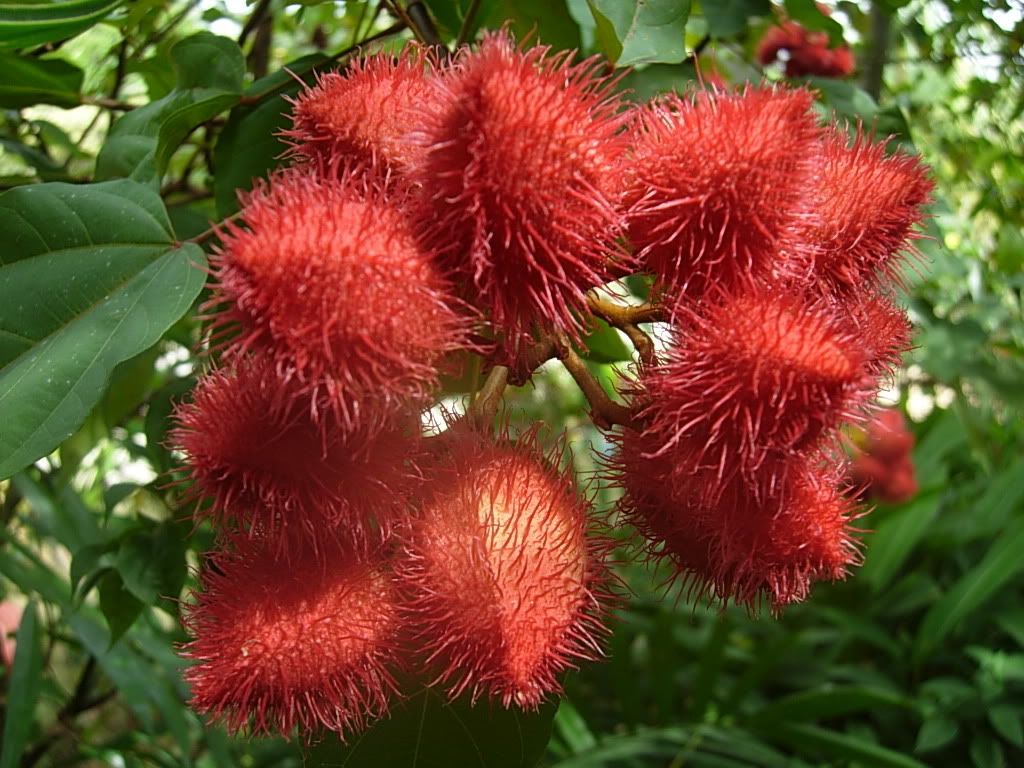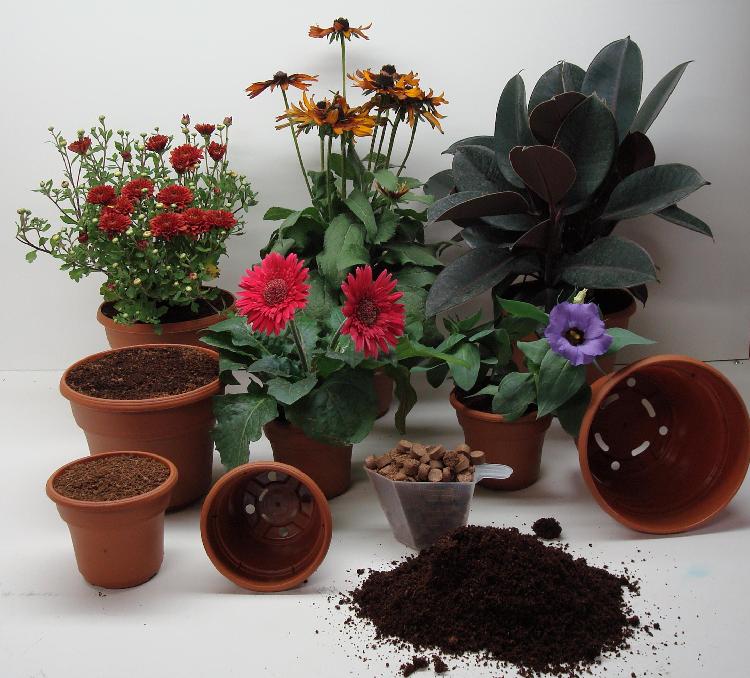Friday, March 14, 2008
Enterprise Architecture: Gardening for a higher cause
Yesterday, my son complained to me about why I spend so much time reading about gardening. This brought me back to the days where I used to do the same to my dad...

Planting seeds and watching some grow in many ways is much more analogous to enterprise architecture than the building trades. On many days at work, I spend lots of time seeding ideas, pulling weeds and spreading manure. Why should home be any different?
There are several plants I would love to grow but cannot locate the right seeds. The only best practice I am looking to observe is in staying organic. I will let others rationalize why we need chemicals to assist with speed to market. It is also my goal to share my garden with local food shelters and the poor as many don't get the opportunity to eat lots of vegetables and otherwise are forced to eat low-cost and equally low-quality food containing little nutrition. So, if you can help me locate the following seeds, it would be greatly appreciated...
Havana Nicotiana Toro Tobacco: Cuba is known for their very unique tobaccos. Probably no other plant is used as much for so little to be known about it as is the noble tobacco plant. While everyone is familiar with the smoking and chewing products derived from this plant, few people realize its many other uses. It has medicinal values, makes an extremely valuable ornamental plant and flower garden specimen and is used to make one of nature's finest biodegradable, all natural pesticides.
Bittergourd-Jawahar: Bitter gourd or karela, also known as bitter melon in the Chinese markets, is a delicacy that is nutritious and is renowned to have medicinal qualities.
Lipstick Tree: a tropical shrub that produce small hairy red seapods, a resemblace of tropical fruit rambutan.
Naranjilla Juice Plant: A tomato relative native to the northern part of South America and it's cultivated usually at high elevations, between three and seven thousand feet.The globular shaped fruit usually measure an inch and a half to two and a half inches diameter at maturity. They are bright orange and covered with short brittle hairs, which can be easily removed by rubbing. When cut open, the fruit resembles a tomato with green, acid pulp and many small seeds. A delicious and refreshing green colored juice is prepared from the fruits and the fruits can be made into drinks, or used in preserves and pies.

| | View blog reactions
Planting seeds and watching some grow in many ways is much more analogous to enterprise architecture than the building trades. On many days at work, I spend lots of time seeding ideas, pulling weeds and spreading manure. Why should home be any different?
There are several plants I would love to grow but cannot locate the right seeds. The only best practice I am looking to observe is in staying organic. I will let others rationalize why we need chemicals to assist with speed to market. It is also my goal to share my garden with local food shelters and the poor as many don't get the opportunity to eat lots of vegetables and otherwise are forced to eat low-cost and equally low-quality food containing little nutrition. So, if you can help me locate the following seeds, it would be greatly appreciated...




